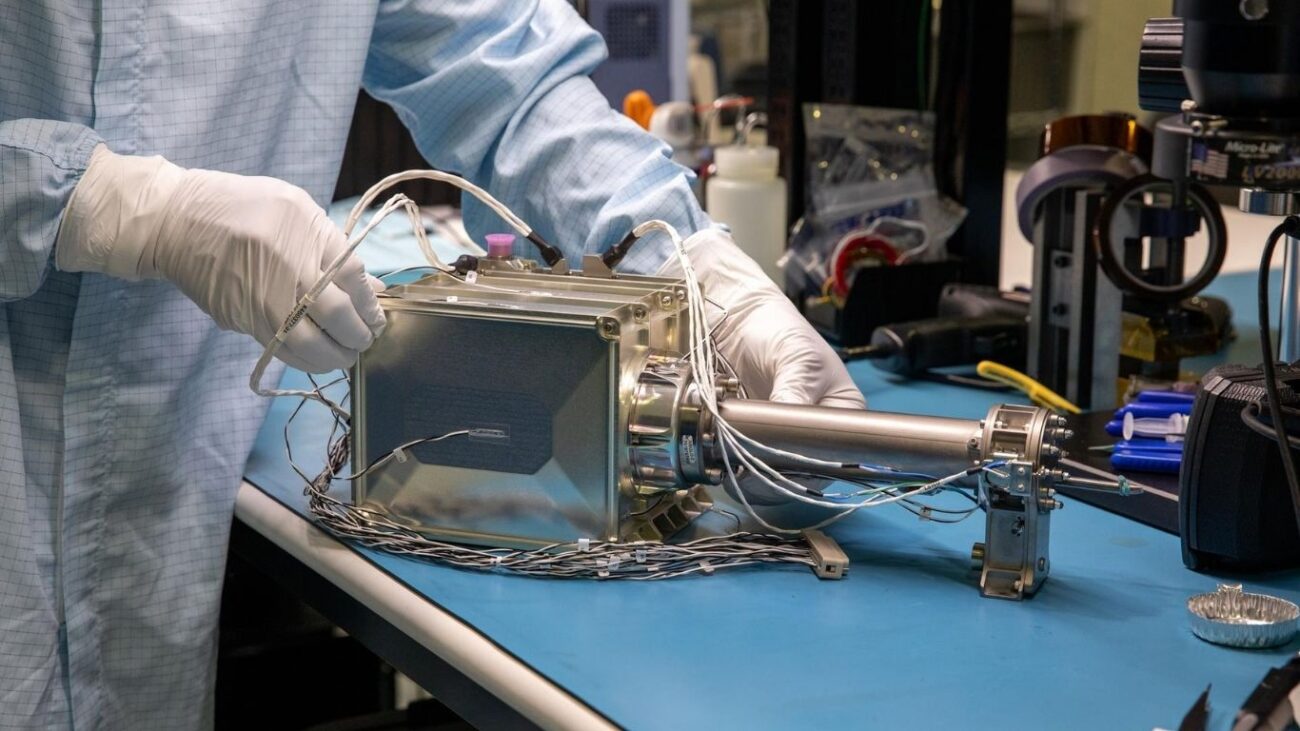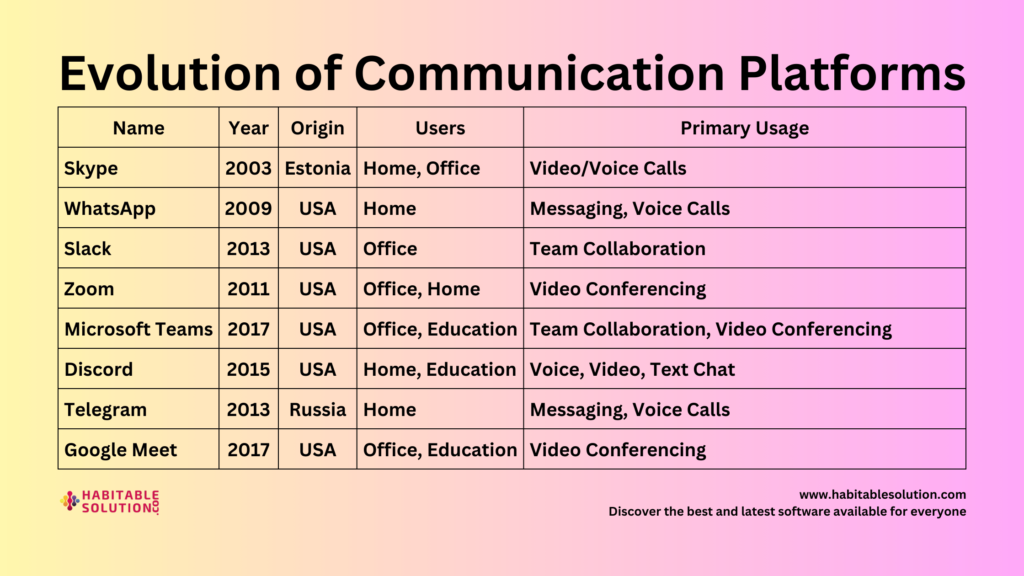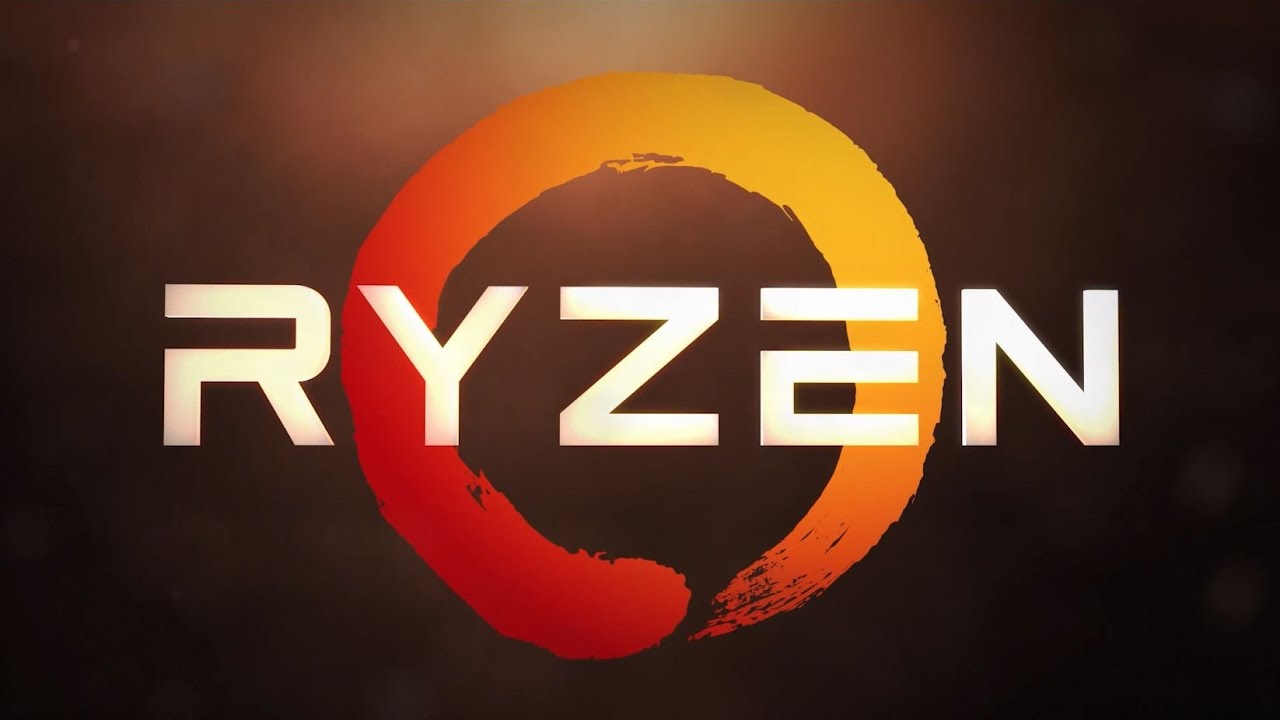In the current era, space exploration and lunar missions are captivating the attention of the world, particularly the Kennedy Space Center, which is a crucial hub for NASA’s space activities. NASA, the world-renowned space research organization, has now embarked on a new chapter of lunar exploration. Their Moon Observing Instrument (MOXIE) will assist in gathering scientific data about the Moon’s surface and environment, providing critical information for future lunar missions and long-term human habitation on the Moon. This research will open new avenues for understanding the relationship between Earth and the Moon, and further expand the scope of lunar-based scientific research.
NASA’s Moon Observing Instrument (MOXIE): A Groundbreaking Initiative
NASA’s Kennedy Space Center, located just 32 miles (51 kilometers) from Earth, is currently testing an advanced lunar observing instrument. The instrument, named MOXIE (Moon Observing and Exploration Instrument), is specifically designed to collect scientific data about the Moon’s surface. This sophisticated data-gathering tool will study various aspects of the Moon’s environment, particularly the composition of the surface, gases, and mineral elements.
MOXIE is a state-of-the-art instrument, designed to be sent from Earth to the Moon. Once it reaches the Moon’s surface, it will perform scientific experiments and collect data about the Moon’s gases and mineral elements. This data will then be sent back to Earth for analysis. The instrument will examine critical components like helium-3, oxygen, and other essential elements found on the Moon’s surface.
The primary goal of MOXIE is to better understand the Moon’s environment, as well as the potential resources that may be available for future lunar missions. With this valuable data, NASA and other space agencies can plan future missions more effectively and optimize technologies needed for lunar exploration.
The Functions of the Moon Observing Instrument (MOXIE)
MOXIE is not just another scientific instrument; it is a crucial tool for the future of space exploration. It is designed to collect vital information from the Moon’s surface and environment, providing insights into the composition of gases and minerals. The instrument’s main function is to study the gases present on the Moon, including helium-3, oxygen, and other elements that could potentially be used for future space exploration.
MOXIE’s primary focus will be on examining the composition of the Moon’s surface and analyzing the gases found there. This will help scientists better understand the resources available on the Moon and their potential applications for human missions. The collected data will be essential for designing future lunar habitats, creating sustainable life support systems, and even mining resources from the Moon.
Through MOXIE, scientists aim to investigate the presence of key elements such as helium-3, which is considered valuable for its potential use in fusion energy production. Understanding the availability of such resources will be a significant factor in the feasibility of long-term human presence on the Moon.
Preparing for Future Lunar Missions
NASA, along with other space organizations, is preparing for future lunar missions that will explore the Moon in greater detail and eventually pave the way for human habitation. The data collected by MOXIE will play an integral role in these preparations. Since humanity aims to establish a permanent presence on the Moon, understanding the Moon’s environment and its resources will be crucial for these endeavors.
The presence of water, oxygen, and other natural resources on the Moon could be vital for future lunar missions. MOXIE will help identify these resources and provide essential data that will help design sustainable habitats and life support systems for astronauts.
In the long term, the Moon could serve as a testing ground for technologies that could be used for missions to Mars and beyond. By better understanding the Moon’s surface and atmosphere, scientists can develop technologies and strategies for living in space for extended periods.
MOXIE and the Preparation for Human Habitation
The MOXIE instrument’s results will offer answers to several critical questions regarding the potential for human habitation on the Moon. One of the key challenges for lunar missions is ensuring a sustainable supply of oxygen, water, and other resources required for human life. MOXIE will provide the data necessary to assess whether such resources exist in abundance on the Moon’s surface.
For example, scientists will examine the Moon’s regolith (lunar soil) for the presence of water, oxygen, and other minerals that could be used to support human life. The possibility of extracting oxygen from the Moon’s surface would be a game-changer for long-term lunar missions, reducing the need to transport supplies from Earth.
MOXIE will also provide insights into how to create life support systems that are fully self-sustaining. This could lead to technologies that allow astronauts to produce their own oxygen, water, and other essentials directly from the Moon’s resources, reducing dependency on Earth-based supplies.
Lunar Exploration: Advancing Science and Technology
The MOXIE instrument marks a significant step forward in both the scientific and technological realms of space exploration. It is not just a technological breakthrough; it represents humanity’s ambition to explore beyond Earth and establish a lasting presence in space. The data gathered by MOXIE will help ensure the success of future lunar missions and provide valuable knowledge about the Moon’s surface and atmosphere.
Moreover, the scientific community hopes that the findings from MOXIE will lead to new discoveries about the Moon’s composition, environment, and potential for supporting life. Understanding the Moon’s resources and the possibility of using them for future missions will open up new avenues for exploration and exploitation of lunar resources.
MOXIE’s success could also pave the way for missions to Mars, as the data collected could be applied to designing systems that support human life on Mars or other celestial bodies. The exploration of the Moon will serve as a proving ground for technologies that will be used in future interplanetary missions.
Conclusion
NASA’s MOXIE instrument represents a major milestone in lunar exploration and space science. It is an essential tool for understanding the Moon’s environment, its resources, and the potential for human habitation. The data gathered by MOXIE will provide insights that will shape the future of space exploration and lay the groundwork for a permanent human presence on the Moon.
As humanity looks toward the Moon and beyond, scientific instruments like MOXIE will play a crucial role in guiding future missions, making space exploration safer, more sustainable, and more successful. The findings from this instrument will not only deepen our understanding of the Moon, but also open up new possibilities for life beyond Earth, offering exciting opportunities for future generations.





